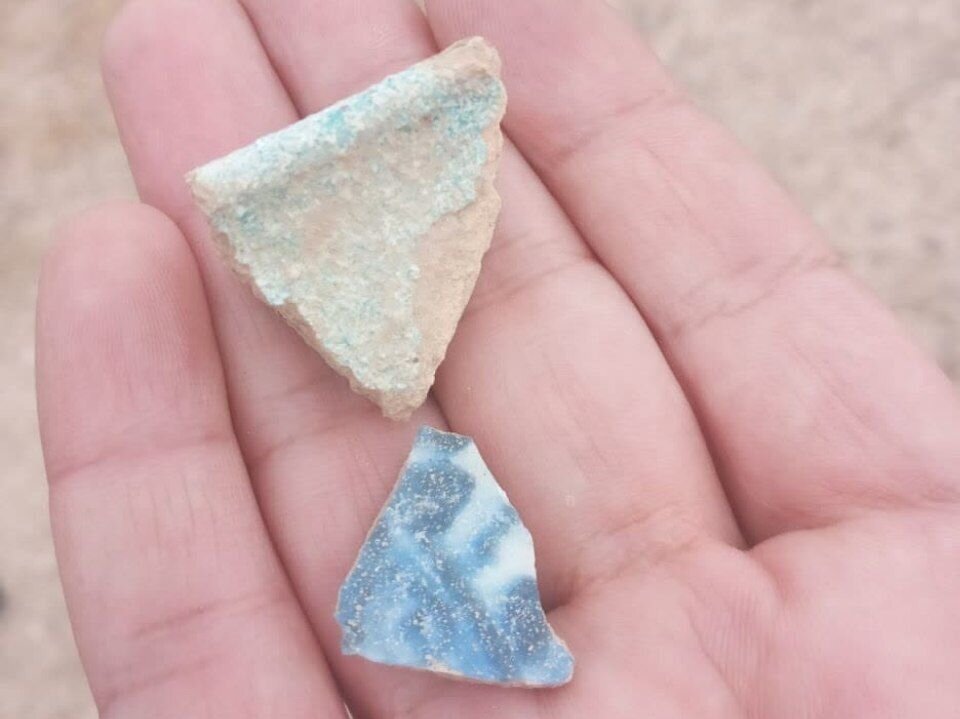Iron Age pottery fragments unearthed in central Iran

TEHRAN – An archaeological team has unearthed pottery fragments from the Iron Age during excavations in central Iran.
On Wednesday, Hossein Mahmoudi, the deputy tourism chief of Markazi province, announced the discovery of Iron Age pottery during excavation operations at the historical Alishar mound.
Mahmoudi stated that this site has been investigated and surveyed for the first time. He said that a one-hectare area was examined, which was once home to a mud-brick fortress and has now become a mound with a height of 27 meters.
The official emphasized that with the issuance of a permit from the Research Institute of Cultural Heritage, Tourism, and Handicrafts, under the supervision of Dr. Alireza Goudarzi, an archaeologist, excavation operations were conducted to determine the boundaries and extent of this historical site, and maps outlining the area’s limits were prepared.
Mahmoudi added that the pottery discovered at this historical site indicates that it was inhabited during the Iron Age. It became uninhabited at the end of the Zand dynasty and was abandoned in the early Qajar period.
The discovery can yield valuable insights into how people lived in specific eras. Due to its durability and widespread use, pottery is a highly informative and abundant material that can help answer questions about daily life activities, beliefs, economies, political systems, and social organization.
Historically speaking, some of the earliest evidence of Iranian pottery dates back to the Neolithic Period, around the 7th millennium BC. Before the invention of the potter’s wheel in Mesopotamia, around 4000 BC, pottery was handcrafted using coil or molding methods.
AM
